Growing up on the island of Hokkaido, Sou Fujimoto was surrounded by mountains and endless forests. Now a leader among Japan’s new generation of architects, Fujimoto’s buildings are harmonious and optimistic, often taking their cues from organic and natural structures. Since establishing his own practice in 2000, he has gained international acclaim for his residential and institutional work, developing permeable sites that blur the line between interior and exterior, public and private. George Kafka talks to the award-winning architect about corporeal experience, social connections and questioning the fundamentals of his trade
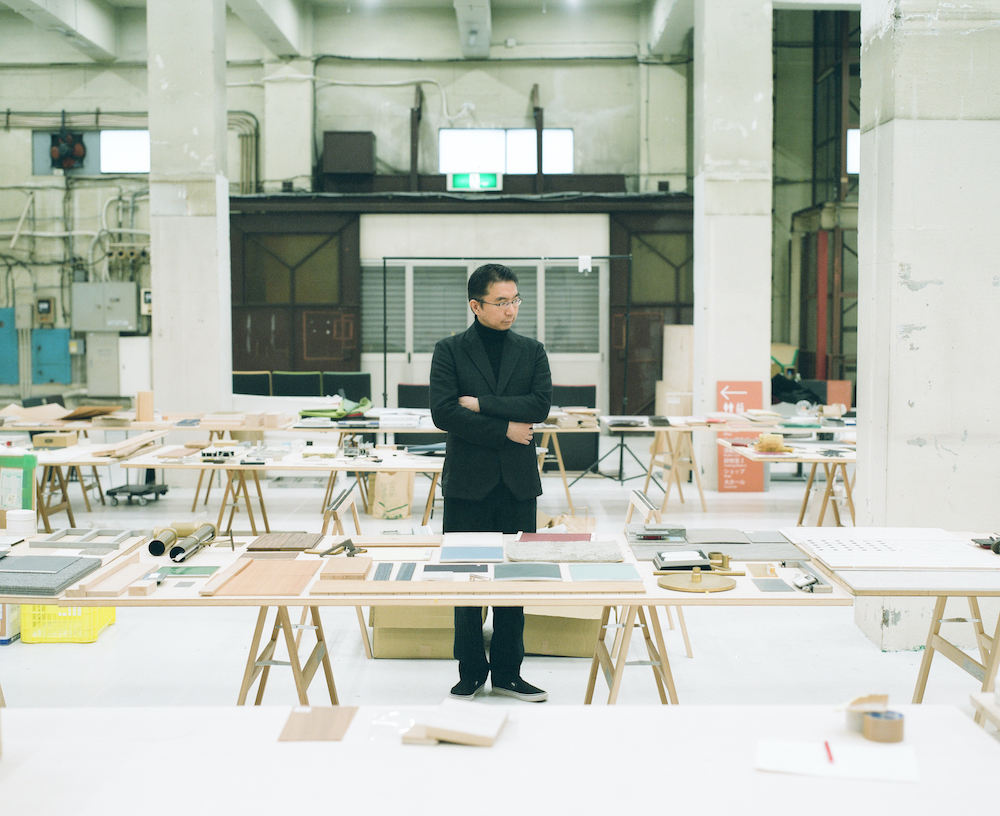
Upon graduating from the University of Tokyo in 1994, Sou Fujimoto spent six years doing next to nothing. “I didn’t have any projects or tasks, so it was fully empty time for me,” he explains via video call from his home in Tokyo. Seen from the perspective of just under a year with the relative emptiness of life under lockdowns, the idea of a six-year void seems maddening. But Fujimoto assures me otherwise: “It was quite precious for me to be alone and spend a lot of time thinking about fundamental questions in architecture. Now, it’s a pity, but I couldn’t have that kind of time. Maybe I should try to make it for myself.”
Indeed, these days he can afford no such luxury. Over the last two decades Sou Fujimoto has established himself as a vital creative presence in global architecture with a slew of built projects of increasing scale and public prominence. If the pandemic has stymied his ability to travel between his Tokyo and Paris offices, it thankfully hasn’t slowed down the work. In January, Fujimoto posted CGI drawings of the Torch Tower on his Instagram page (which typically features a charming blend of personal and professional updates): a proposal for a new skyscraper in Tokyo – what will be the tallest building in Japan when it is completed in 2028.
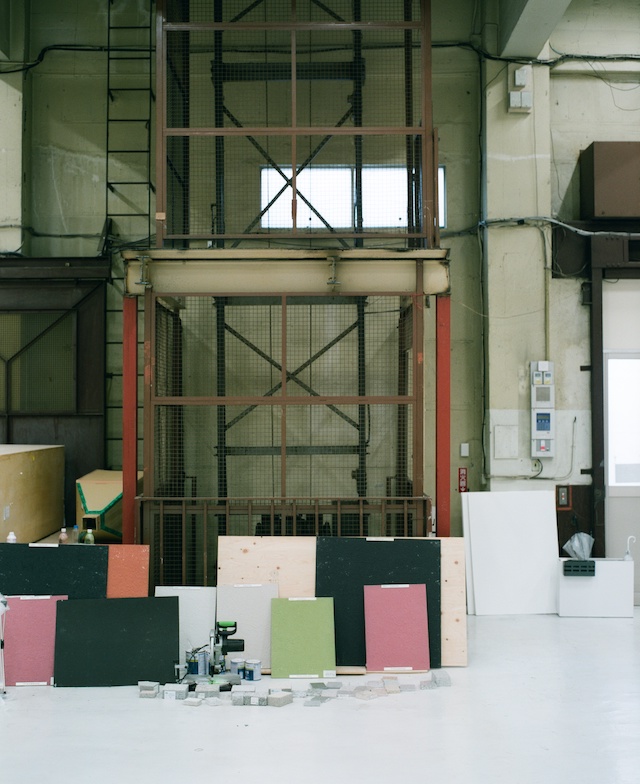
Not quite designing the whole building, and working in tandem with Mitsubishi Jisho Sekkei, Inc., Fujimoto’s contribution to the project is a sloped plaza which appears in the drawings as a glowing cut-out in the top third of the building: an “open mouth” as he puts it. The proposal is to create a place for the public in the high-rise, to try and integrate the tower with its urban context. “Normally high-rise buildings are enclosed because of the wind, and they become like an object as a result,” he explains. “I was afraid it would become too disconnected from the urban situation, so instead of it becoming an object, we wanted to make a place where people could come together and meet.”
This notion of the architectural ‘object’ comes up a number of times in our conversation, and Fujimoto’s discomfort with the term is illustrative of broader themes in his work. For him, the object is a building that finds its value in a purely visual exchange, rather than a more holistically corporeal experience. “The impression on people is more like a sculpture. I like to create buildings that people feel they can be a part of,” he says.
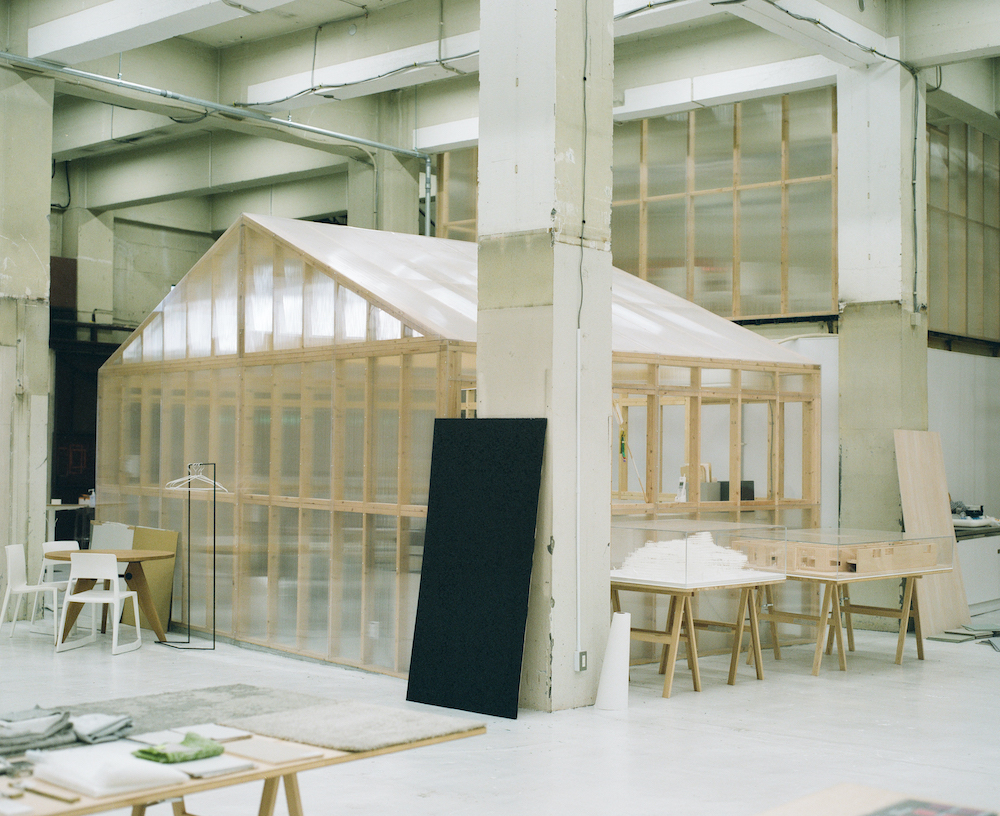
The same approach is evident at L’Arbre Blanc, a residential project in Montpellier, completed for private developers in 2019. The 17-storey structure – designed with local architects Nicolas Laisné, Dimitri Roussel, and OXO – is a white tower characterised by expressive overlapping balconies that protrude from the central core and give it the impression of a startled hedgehog, or tree, as its name suggests. While certainly eye-catching, the balconies were designed to establish social connections between residents and to give the whole project the feel of a “three-dimensional village,” as Fujimoto describes it. This village proposition also seeks to make the project more welcoming to its neighbours, presenting the life of its residents as a sort of dynamic façade, in contrast to a typical housing block. Non-residents are also invited into the building, which features a rooftop bar and a public gallery.
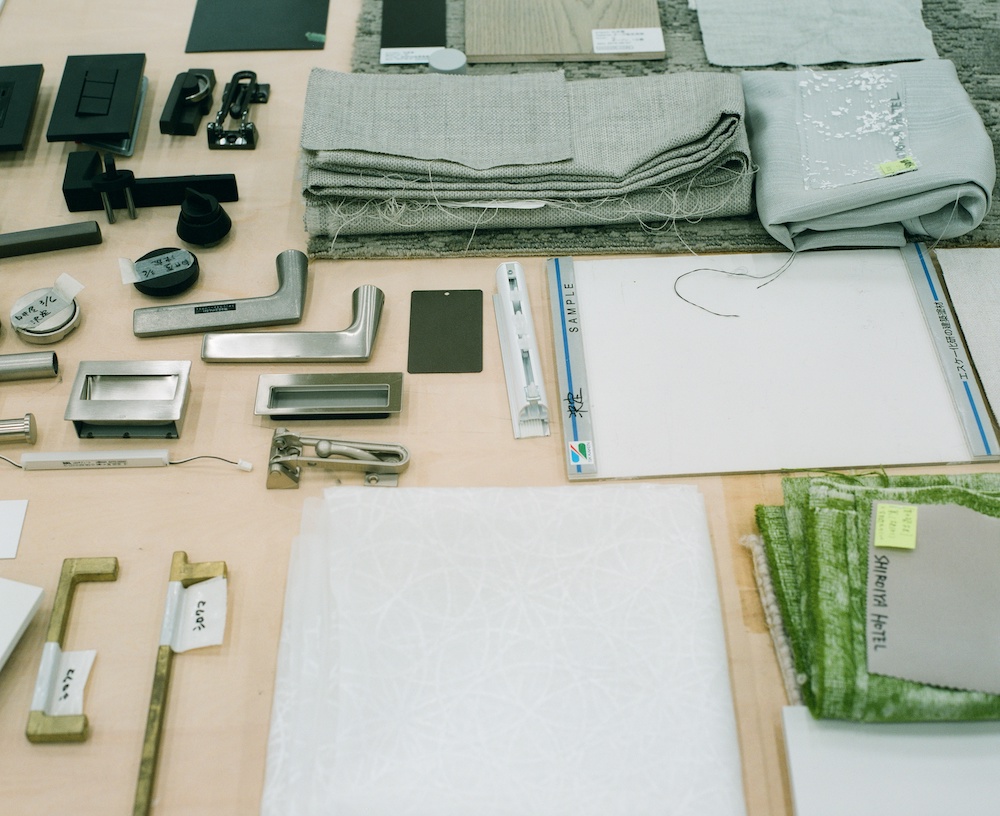
In L’Arbre Blanc and the Torch Tower proposal, Fujimoto’s attempts to reject the isolated architectural object correspond with his efforts to expand the perceived limits of building typologies. In these particular instances, the ‘tower’ is rethought as a continuation of its context rather than a separate entity. This impulse for typological enquiry seems to be a product of the reflective hiatus at the beginning of a career asking simple yet foundational questions about even the most basic assumptions in architecture: “What is a house? And what is the boundary between inside and outside?”
These questions would come to define some of the most groundbreaking projects which made Fujimoto an international name. House N, for example, completed in Oita in 2008, is a series of nested white cubes built in white concrete and interrupted by large perforations allowing for fresh air and greenery. Similarly, House NA, also in Tokyo and completed in 2011, is a tree of interlinked glass cubes. More than a decade later, both are still startlingly provocative. “It was important for me to question what we know,” notes Fujimoto, reflecting on his earlier career. “I was questioning such basic things to find out something new, and this attitude continues in my architectural thinking.”
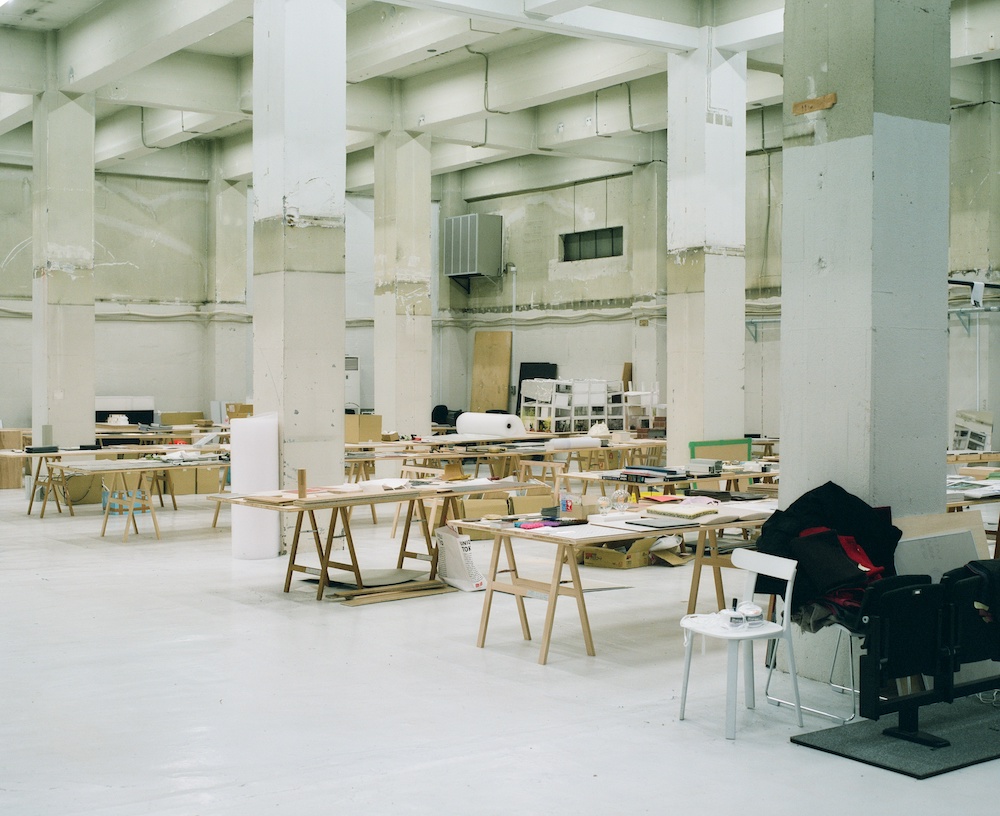
This lineage is manifest in the House of Hungarian Music, which is nearing completion in Budapest after a six-year construction process. Located in the centre of Városliget, one of the oldest parks in Europe, the museum echoes House N with a perforated roof to allow for trees to grow through the project, while loosening the boundary between natural exterior and constructed interior. The ‘house’ is part of a wider cultural regeneration project under construction in the park which will feature seven new museums and cultural spaces upon completion. However, Liget Budapest, as the project is known, has come under fierce local criticism (an IPSOS poll found that more than 80 per cent of Budapest residents were opposed to the construction in the park), in part for the perceived damage it will inflict on the city’s ancient green space. Fujimoto is sensitive to these concerns. “The park is beautiful, and I grew up in a forest, so personally, I understand that it is precious,” he explains. “On the other hand, the location of the project was properly chosen. We tried to keep as many trees as possible, which will grow through the roof. All of us, the clients and designers, are trying to find a good balance between such beautiful existing conditions and the new built conditions.”
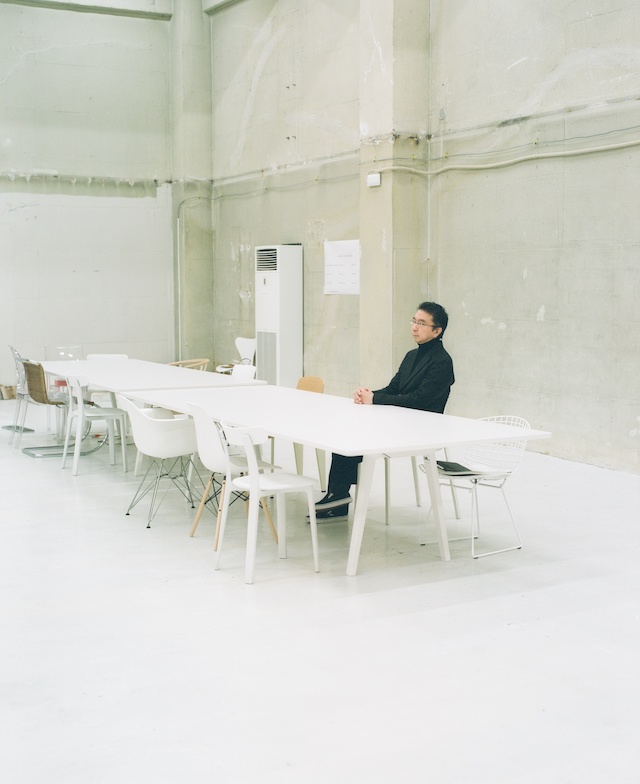
Balance is another consistent feature of Fujimoto’s work. From the light touch of House NA or the gossamer lattice of his 2013 Serpentine pavilion, to the balconies of L’Arbre Blanc, which protrude into Montpellier’s Mediterranean skies, non-human elements have as central a presence in his projects as typical architectural features like walls or doorways. Despite this attention in his own work, Fujimoto is concerned by the lack of a concerted or coordinated response to the climate crisis amongst the Japanese architectural community. “I feel in France, or in Europe, the discussion is very active compared to Japan,” he states. “I don’t know why. The temperature in Tokyo is getting hotter every year.” He speaks of the need for a method of response that is specific to the Asian context – in particular to the humidity of the Tokyo summers – which might grow out of traditional Japanese architecture.
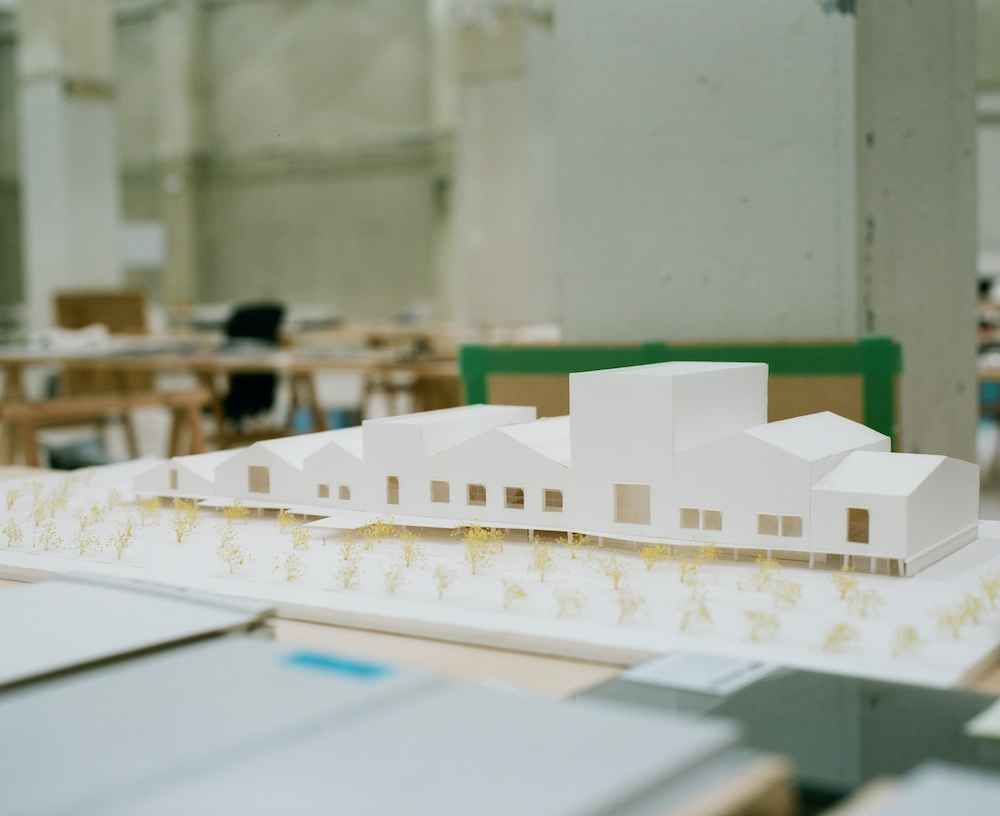
Still, there’s an uncertainty in this response which befits an architect who has established international prestige and respected status, while retaining a core curiosity that seems to be the driving force of his work. That same architect, who took six years off to question the fundamentals of architecture before building his first project, remains reluctant to proclaim simple answers to complex problems. “I’m still enjoying being a part of all these different projects, because different places, different programmes and different backgrounds are always new challenges and new directions for me,” he explains towards the end of our call. “They bring me a new understanding of architecture itself.”

This article is taken from Port issue 28. To continue reading, buy the issue or subscribe here